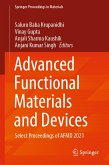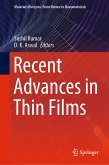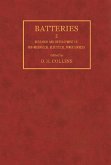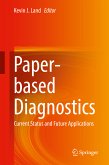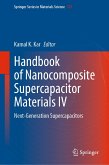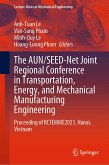This collection on materials and technologies is the first of a four-volume handbook on all aspects of paper-based devices from synthesis of nanocellulose and paper fabrication to discussion of features of fabrication of various flexible sensors and electronic devices on paper substrates. Subsequent volumes address sensors, electronic, optoelectronic and photovoltaic applications, and bio- and environment engineering, electronics, and energy technologies. This first volume describes the physical, chemical and electronic properties of cellulose, which give rise to an increased interest in this material. The different aspects of nanocellulose research, such as the synthesis of different morphological forms by various methods, various surface modification methods (chemical, physical), composites synthesis by various methods, and development of its hydrogels and aerogels are discussed. The books also present a comprehensive and detailed analysis of all aspects of applications of these sensors and devices in environment monitoring, biomedicine, healthcare, agriculture, the food industry, energy, electronics, optoelectronics, and other domains. Paper-based bioengineering and environment engineering are also discussed in detail in these books. The collection enables the reader to understand the present status of paper-based sensors and devices and the role of paper in the development of new generation of sensors and electronic devices for various purposes with enhanced efficiency.
World renowned experts with extensive expertise in the development of nanocellulose-based technology and paper-based sensors and electronic devices comprise the contributors to this collection. The Handbook of Paper-Based Sensors and Devices is an authoritative reference for materials scientists, biologists, physicians, and biochemical engineers as well as for chemical, biomedical, environmental, electronics, agriculture engineers and the food biotechnologists, working in R&D industry and academia. It further stands as a valuable teaching tool for university faculty and students working in chemical sensing, biosensing, biomedicine, biomaterials, environment protection and remediation.
Illustrates the unique properties of paper and nanopaper make them adaptable for use in a wide range of applications; Considers in detail the synthesis/modification of nanocellulose intended for use in various fields; Analyzes the specifics of manufacturing paper-based flexible and wearable sensors and systems for various applications.
Dieser Download kann aus rechtlichen Gründen nur mit Rechnungsadresse in A, B, BG, CY, CZ, D, DK, EW, E, FIN, F, GR, HR, H, IRL, I, LT, L, LR, M, NL, PL, P, R, S, SLO, SK ausgeliefert werden.



